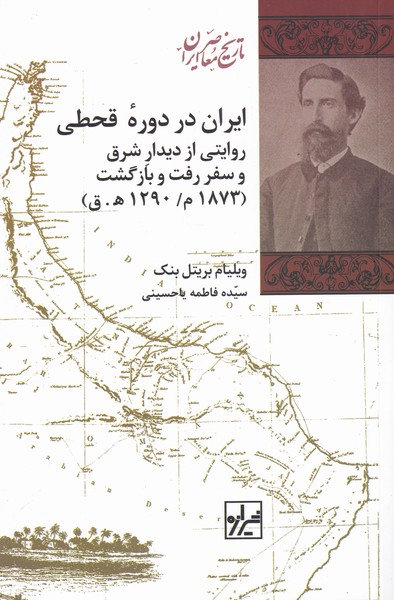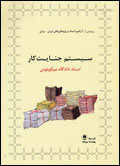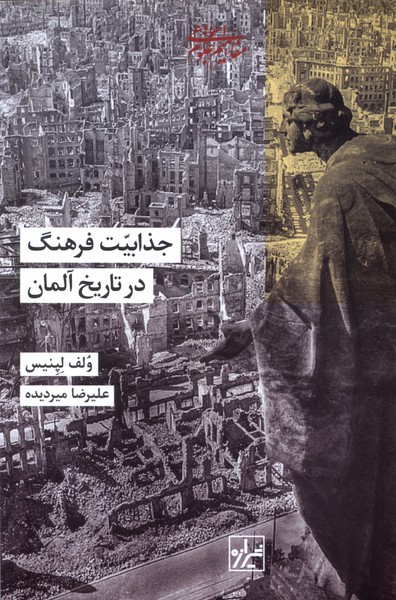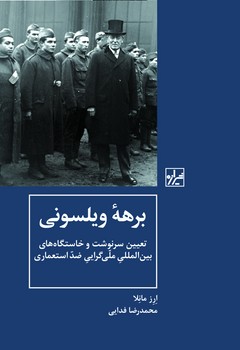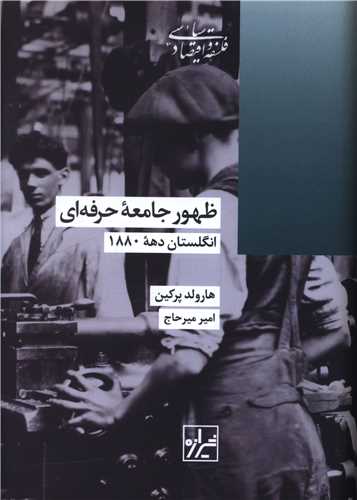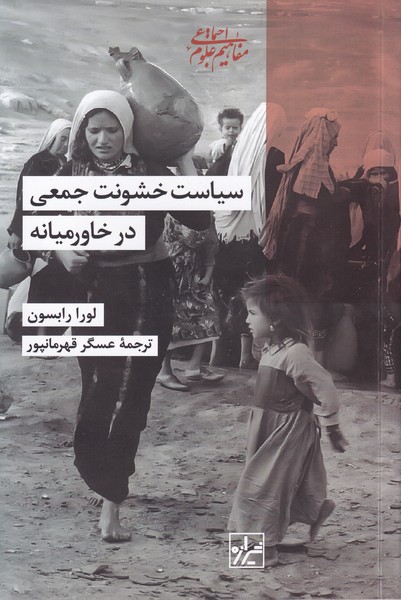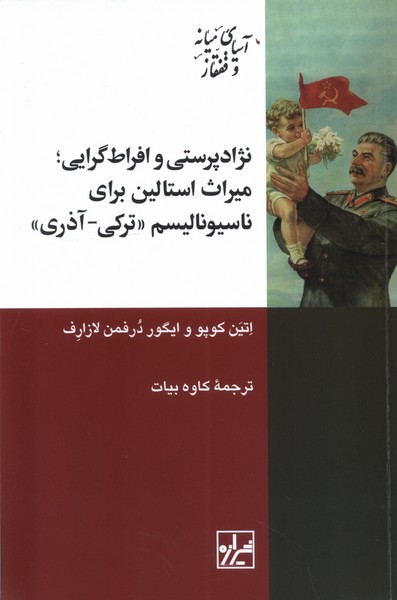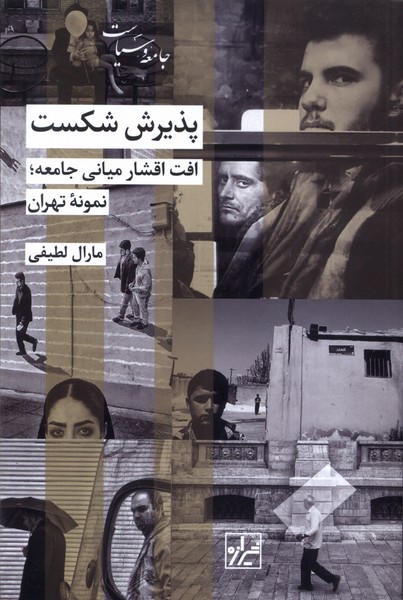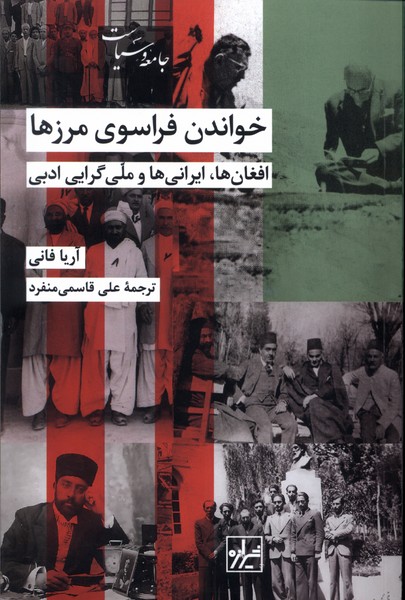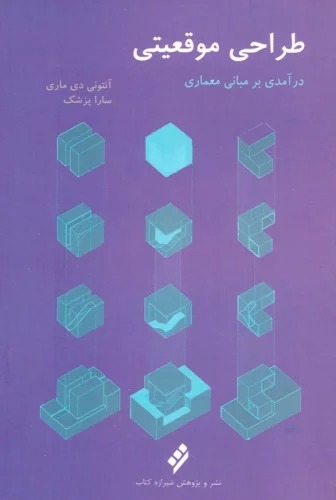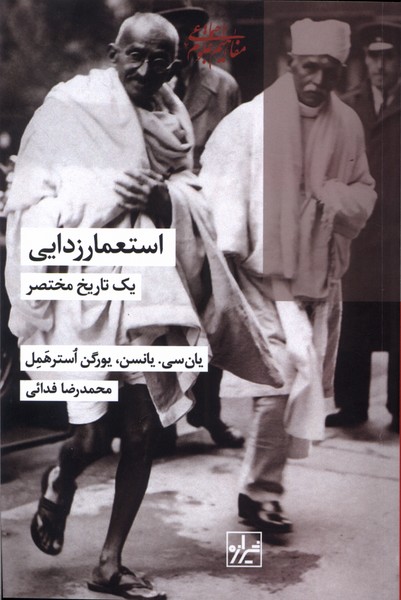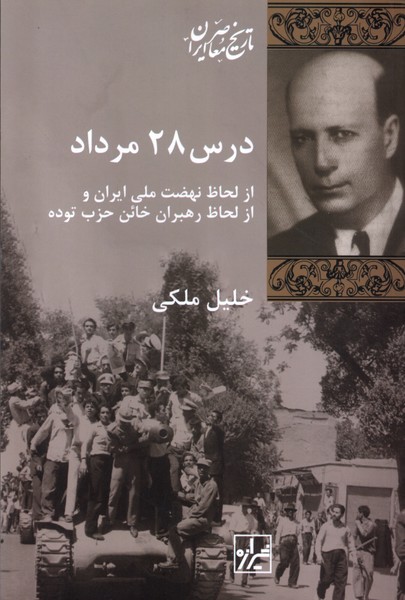īrān dar dawrah-yi qaḥtī: Persiska (Farsi) 1402
ایران در دورهی قحطی
21,51 €
Dela
Wishlist
Originaltitel:
Persia During the Famine: A Narrative of a Tour in the East and of the Journey Out and Home
ISBN:
9786226843553
Översättare:
Siyyidah Fāṭimah Yā'ḥusaynī
Förlag:
Shirazih
Åldersgrupp:
Vuxen
Sidor:
221
Vikt:
260 g
Produktmått:
14 x 21 x 2 cm
Bokomslag:
Pocketbok
The Iranian Famine of 1917-1919 was a period of widespread starvation and disease in Iran (Iran) under Qajar rule during World War I. Famine occurred in the territory of Iran, which was occupied by Iran despite the declaration of neutrality. British, Russian, and Ottoman imperial forces whose occupation contributed to the famine. Until now, few historians have investigated the famine, making it a neglected subject in modern history. The book "Persia During the Famine" by "William Brittlebank" is one of the few types of research done in this field.
The number of people who died between 1917 and 1919 due to starvation and diseases including cholera, plague, and typhus, as well as the 1918 flu, has been variously put at 2 million, 6 million, and 8 to 10 million. Various factors such as consecutive seasonal droughts, seizure, and confiscation of food by occupying armies, hoarding, and war profiteering have caused and contributed to famine.
In November 1915, the price of one bushel (100 kilos) of wheat increased to twenty tomans after selling the entire grain warehouse in the southeast of Sistan province. The British forces of the Russian soldiers blocked all the roads in the northeastern province of Khorasan and prohibited any transportation of grain except the roads intended for the Russian army. The demand for pack animals, mules, and camels for the Khuzestan oil industry and the British and Russian armed forces seriously disrupted the country's transportation network and disrupted the distribution of food and other goods throughout the country, with disastrous consequences. During the war, the cost of transporting grain was higher than planting it in many areas of Iran. All this made the living conditions of the poor more terrible
more
قحطی ایرانی در سالهای 1917-1919 دوره ای از گرسنگی و بیماری گسترده در ایران (ایران) تحت حکومت قاجاریه در طول جنگ جهانی اول بود. قحطی در قلمرو ایران رخ داد که علیرغم اعلام بی طرفی توسط ایران اشغال شد. نیروهای امپراتوری بریتانیا، روسیه و عثمانی که اشغال آنها به قحطی کمک کرد. تا کنون، تعداد کمی از مورخان درباره قحطی تحقیق کرده اند، که آن را به موضوعی نادرست در تاریخ مدرن تبدیل کرده است. این کتاب "ایران در دوره قحطی" اثر "ویلیام بریتل بنک" یکی ازمعدود پژوهش های انجام شده در این حوزه است.
تعداد افرادی که بین سالهای 1917 و 1919 به دلیل گرسنگی و بیماریهایی از جمله وبا، طاعون و تیفوس و همچنین آنفولانزای 1918 جان خود را از دست دادهاند، به طور متفاوت 2 میلیون، 6 میلیون و 8 تا 10 میلیون نفر ذکر شده است.. عوامل مختلفی از جمله خشکسالی های فصلی متوالی، تصرف و مصادره مواد غذایی توسط ارتش های اشغالگر، احتکار و سودجویی از جنگ باعث ایجاد قحطی شده اند و به آن کمک کرده اند.
در نوامبر 1915 قیمت یک خروار (100 کیلو) گندم پس از فروختن کل انبار غله جنوب شرق استان سیستان، به بیست تومان افزایش یافت. نیروهای انگلیسی سربازان روس تمام راه های شمال شرق استان خراسان را مسدود کردند و هرگونه انتقال غلات به جز جاده هایی که برای ارتش روسیه در نظر گرفته شده بود ممنوع کردند. درخواست حیوانات بارکش، قاطرها و شترها برای صنعت نفت خوزستان و نیروهای مسلح انگلیس و روسیه، شبکه حمل و نقل کشور را با نابسامانی جدی مواجه کرد و توزیع مواد غذایی و سایر کالاها را در سراسر کشور مختل کرد و عواقب فاجعهباری در پی داشت. . در طول جنگ، هزینه حمل و نقل غلات در بسیاری از مناطق ایران بیشتر از کاشت آن بود. همه اینها شرایط زندگی فقرا را وحشتناک تر کرد
more

